The Force is (super) strong with these quarks.
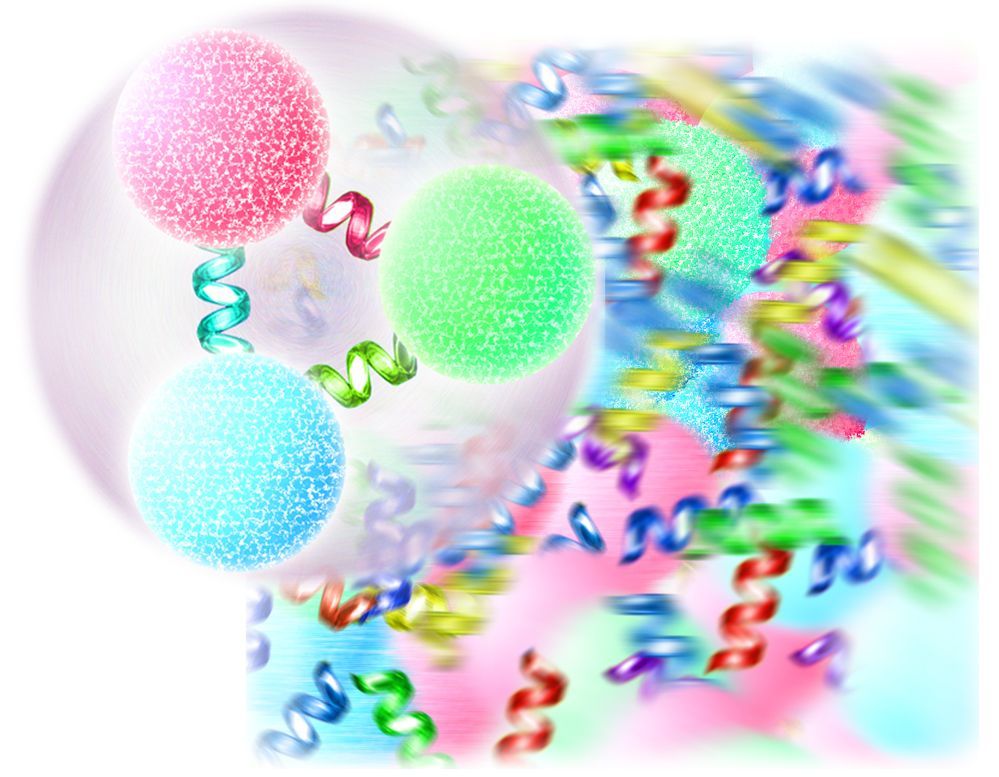


(Natural News) Turkish inventors have created a new building material that is five times stronger than titanium and has the density of wood planks. Most remarkably, this new “Metallic wood” is lighter than titanium and still has the chemical stability of metal for use in manufacturing applications.
The new material is made out of nickel-based cellular materials as small as 17 nano-meters in diameter. These electroplated nickel nano-particles are strategically arranged in struts to maximize their load-bearing strength as a whole. This strategic arrangement of nickel makes the material four times stronger than bulk nickel plating. By tinkering with nano-meter-scale geometry, the inventors can increase the strength and density of the new material. This geometric arrangement of cellular materials is spatially organized and repeated to generate the new “Metallic wood” material. This geometric nano-meter engineering feat produces a very dense material, like that of wood. The inventors have even made the material as dense as water (1,000?kg/m3).

Science-themed board games are an increasingly popular way to learn about everything from atom building to colonising space.

Now that they’ve identified the Higgs boson, scientists at the Large Hadron Collider have set their sights on an even more elusive target.
All around us is dark matter and dark energy—the invisible stuff that binds the galaxy together, but which no one has been able to directly detect. “We know for sure there’s a dark world, and there’s more energy in it than there is in ours,” said LianTao Wang, a University of Chicago professor of physics who studies how to find signals in large particle accelerators like the LHC.
Wang, along with scientists from the University and UChicago-affiliated Fermilab, think they may be able to lead us to its tracks; in a paper published April 3 in Physical Review Letters, they laid out an innovative method for stalking dark matter in the LHC by exploiting a potential particle’s slightly slower speed.

Scientists have developed a first-of-its-kind device that generates electricity from nothing other than the natural phenomenon of snowfall.
Based upon the principles of the triboelectric effect, in which electrical charge is generated after two materials come into contact with one another, the researchers’ new technology exploits the fact that snow particles carry a positive electrical charge.
Because of that, snowflakes give up electrons, provided they get a chance to interact with the right, negatively charged substance.
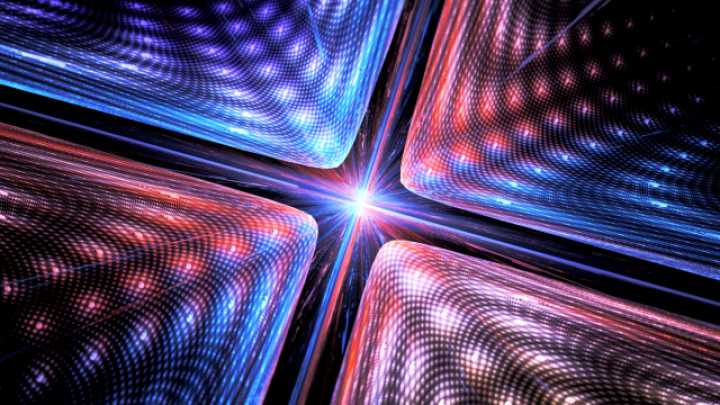
:oo.
We usually think of microwaves as waves that heat things up, usually leftover food, but did you know that they can also cool things down? For example, physicists recently decided to use them to freeze atoms, and attempts have been very successful: They managed to cool them down to within a millionth of a degree of absolute zero (–273.15°C or −459.67°F).
The University of Sussex team, led by Winifried Hensinger, had their results published in Physical Review Letters.
“The use of long-wavelength radiation instead of laser technology to cool ions can tremendously simplify the construction of practical quantum technology devices enabling us to build real devices much faster,” said Professor Hensinger.
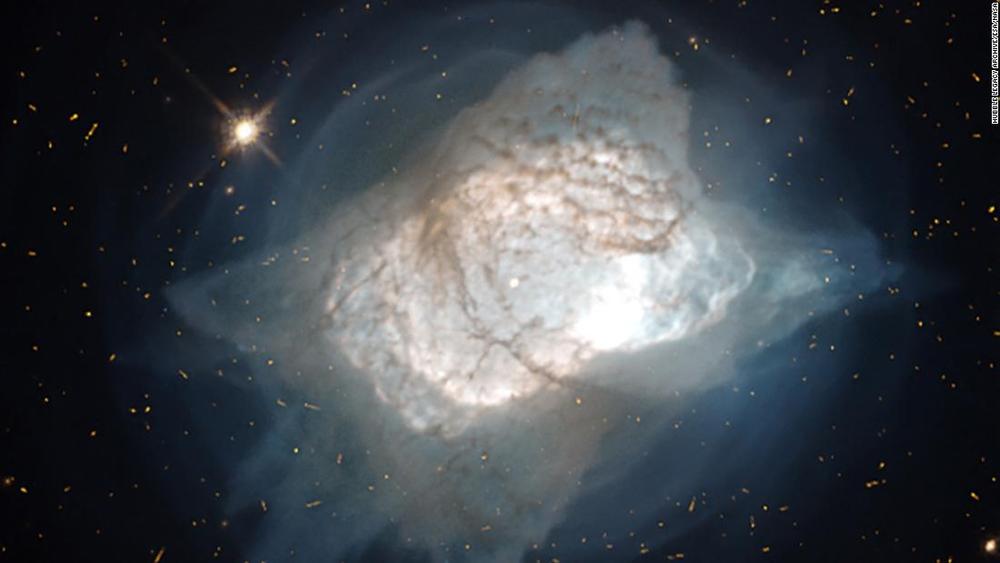
When the universe formed during the Big Bang 13.8 billion years ago, the chemical reactions of the aftermath formed the first molecules. Those first molecules were crucial in helping form everything we know, but they’re also absent.
And although HeH+, the helium hydride ion, has been proposed for years as that first molecule, scientists couldn’t find any evidence of its existence in space — until now. The findings were published Wednesday in the journal Nature.
After the Big Bang, HeH+ formed in a molecular bond when helium atoms and protons combined. Later, these would break apart into hydrogen molecules and helium atoms. Both elements are the two most abundant throughout the universe, with hydrogen first and helium second.
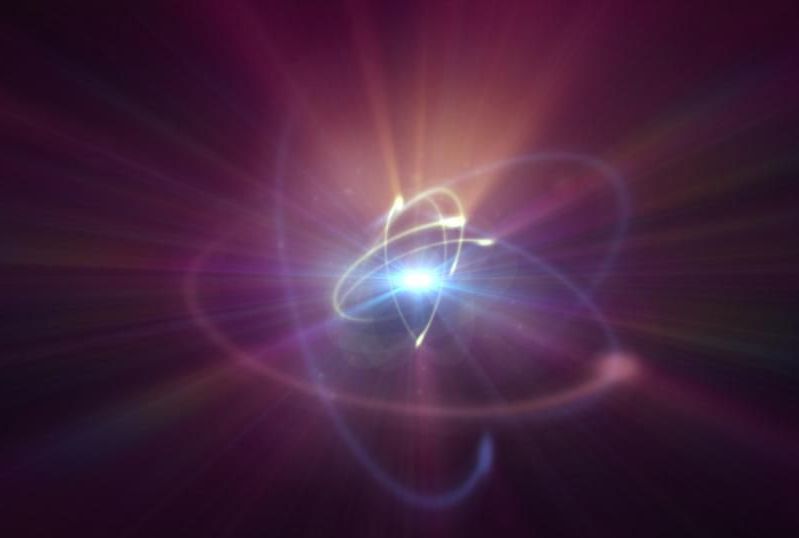
Back in the ancient universe, shortly after the Big Bang, the first atoms formed out of free particles. Only light elements like hydrogen and helium could form at high temperatures, but as the universe cooled, those atoms turned into every single thing we see in our world today. And now, scientists have spotted the type of molecule that formed the very first time two atoms combined.
Theories have predicted for decades that the first molecule that could form would be between the first two elements: hydrogen and helium. But the “helium hydride” molecule, as it’s known, had never been spotted before, Gizmodo explained. This led to some doubt as to whether this theory could even be true. But thanks to a modified Boeing 747 dubbed SOFIA, or Stratospheric Observatory for Infrared Astronomy, we have finally detected the elusive molecule in a far-off nebula called NGC 7027.
Now that it’s confirmed that the universe is capable of forming the helium hydride molecule naturally, this knowledge is helping astronomers better understand how the universe worked in the time just after the Big Bang. The research, published on Wednesday in the journal Nature, has made sense of the “dawn of chemistry,” the authors state. Read more about this exciting find at Gizmodo. Shivani Ishwar.
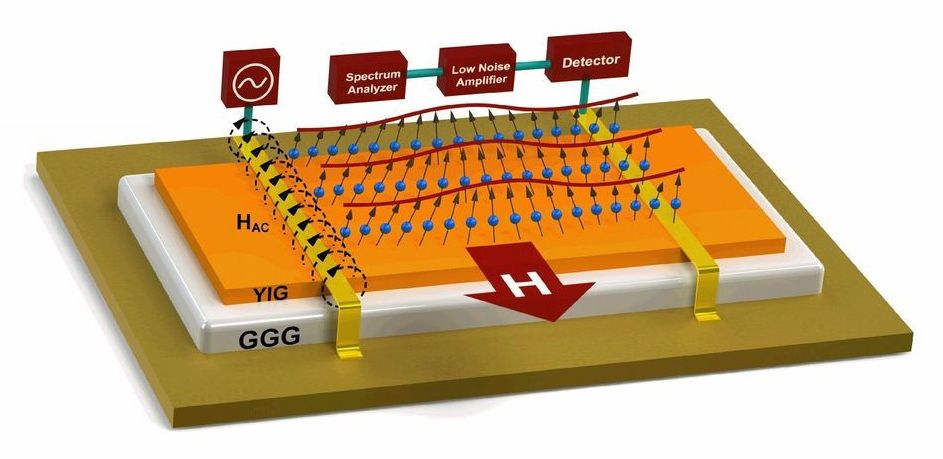
Electronic devices such as transistors are getting smaller and will soon hit the limits of conventional performance based on electrical currents.
Devices based on magnonic currents—quasi-particles associated with waves of magnetization, or spin waves, in certain magnetic materials—would transform the industry, though scientists need to better understand how to control them.
Engineers at the University of California, Riverside, have made an important step toward the development of practical magnonic devices by studying, for the first time, the level of noise associated with propagation of magnon current.
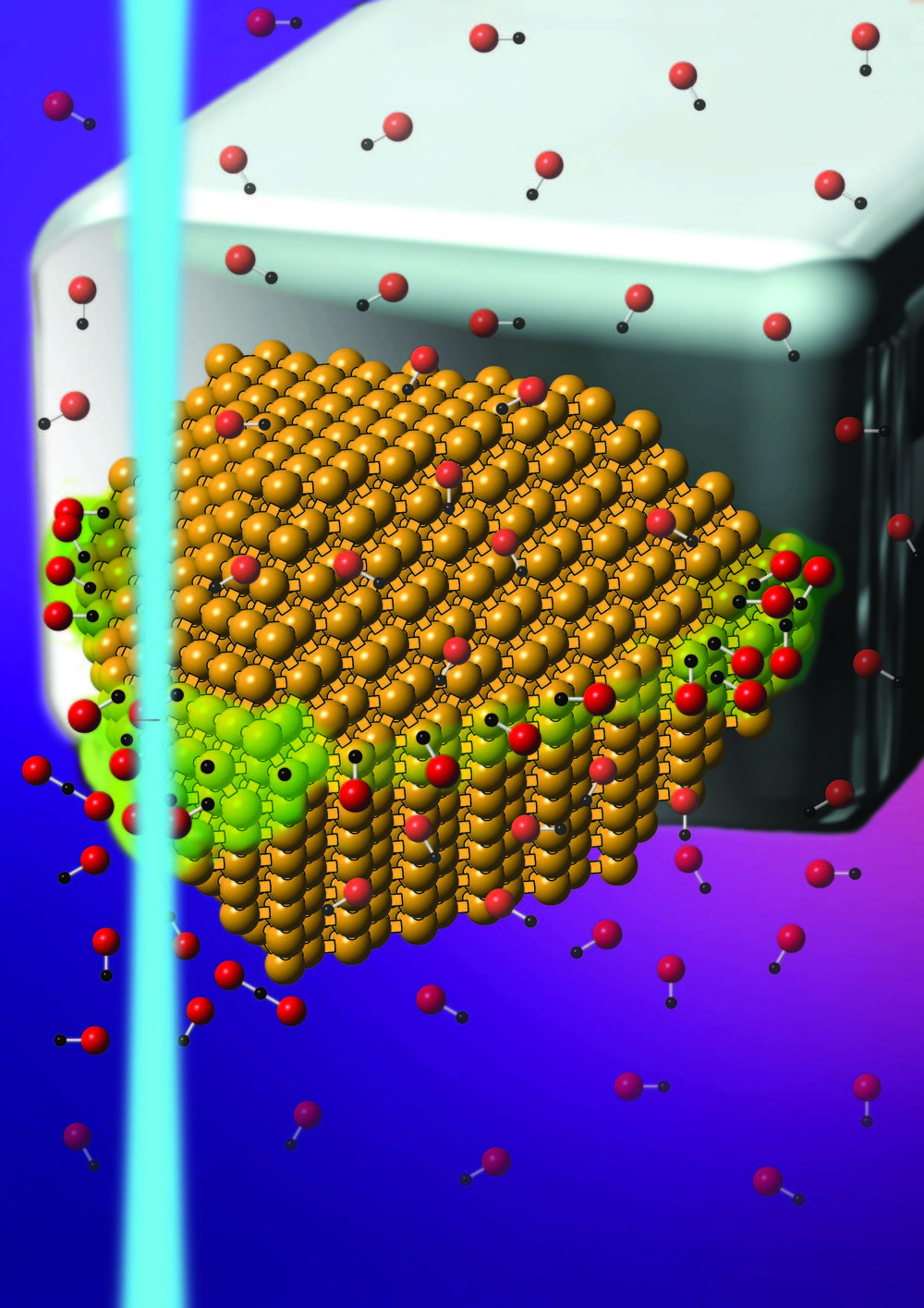
NIST researchers have explored in unprecedented detail a new breed of catalysts that allow some chemical reactions, which normally require high heat, to proceed at room temperature. The energy-saving catalysts use sunlight or another light source to excite localized surface plasmons (LSPs)—oscillations of groups of electrons on the surface of certain metal nanoparticles, such as gold, silver and aluminum. The energy derived from the LSP oscillations drives chemical reactions among molecules that adhere to the nanoparticles.
Scientists had previously shown that molecular hydrogen can be split into its individual atoms by the energy generated by the LSP oscillations. The NIST team has now discovered a second LSP-mediated reaction that proceeds at room temperature. In this reaction, LSPs excited in gold nanoparticles transform two molecules of carbon monoxide into carbon and carbon dioxide. The reaction, which ordinarily requires a minimum temperature of 400 degrees C., plays an important role in converting carbon monoxide into widely used carbon-based materials such as carbon nanotubes and graphite.
Probing the nanoparticles with an electron beam and combining the data with simulations, the NIST researchers pinpointed the sites on the gold nanoparticles where the reactions occurred. They also measured the intensity of the LSPs and mapped how the energy associated with the oscillations varied from place to place inside the nanoparticles. The measurements are key steps in understanding the role of LSPs for initiating reactions at room temperature, mitigating the need to heat the samples.